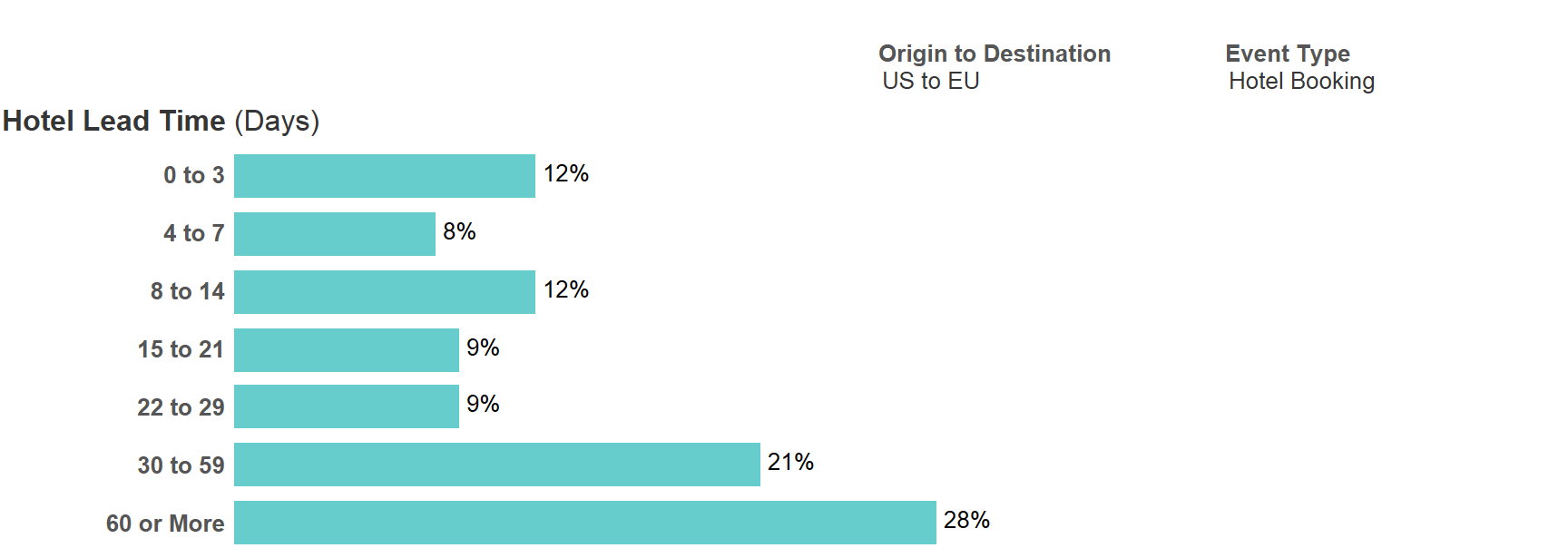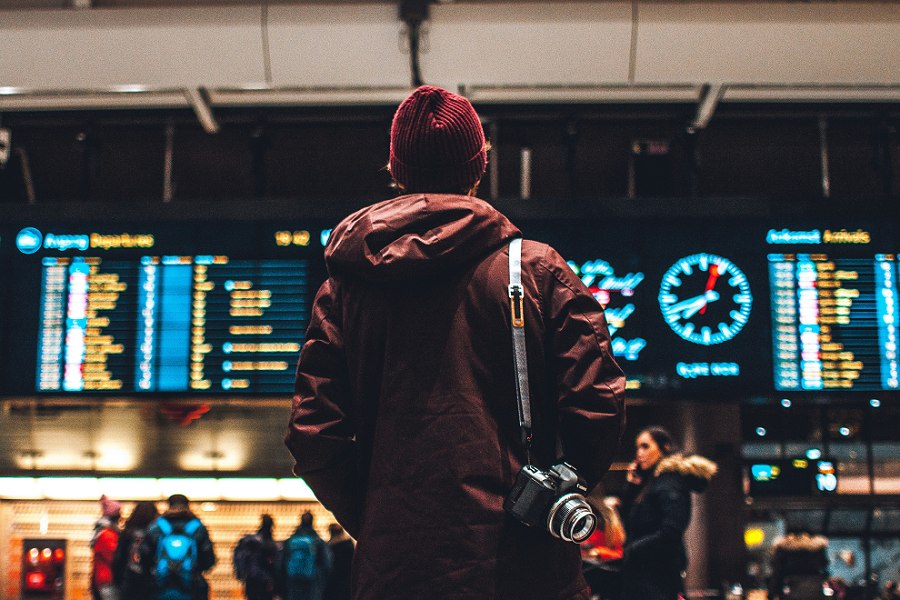The Rise of the Last-Minute Booker

Skift Take
This sponsored content was created in collaboration with a Skift partner.
The ‘last-minute traveler’ pops up in discussions at every corner of travel and advertising. With the continuing evolution of mobile and the ability of booking trips on the go, the travel industry needs to get smart and creative in order to effectively advertise to these 11th-hour bookers.
With last-minute travelers dominating the conversation, Sojern’s 2015 Hotel Insights Report digs further into this trend by breaking down the data and comparing long haul to short haul bookers to see what lessons can be learned.
Download Sojern’s 2015 Hotel Insights Report to learn the following:
- The rise of last-minute minute bookings in the US.
- How targeted ads are impacting traveler’s purchase decisions
- The difference in booking habits between long-haul and short-haul travelers and how to target them.
Below is in an excerpt from the report on long-haul bookers.
Long haul trips, or travelers booking international destinations (like Europe) tend to book further in advance. For US travelers booking hotels in the EU, the majority of people aren't last minute, with more than 60% booking their stay at a 22 day lead time. However, that isn’t to say that all international, long-haul travel is happening far out, with 20% of bookings taking place within seven days or less of the travel. In order to see the differences in lead times the interactive charts allow you to look at trends by origin and destination, as well as by hotel searches and bookings.

To learn about the difference behaviors between long-haul and short-haul bookers, and how to best target them, download Sojern's free, "2015 Hotel Insights Report" below.
Download the Report Here
This post is brought to you in partnership with our sponsor, Sojern.




